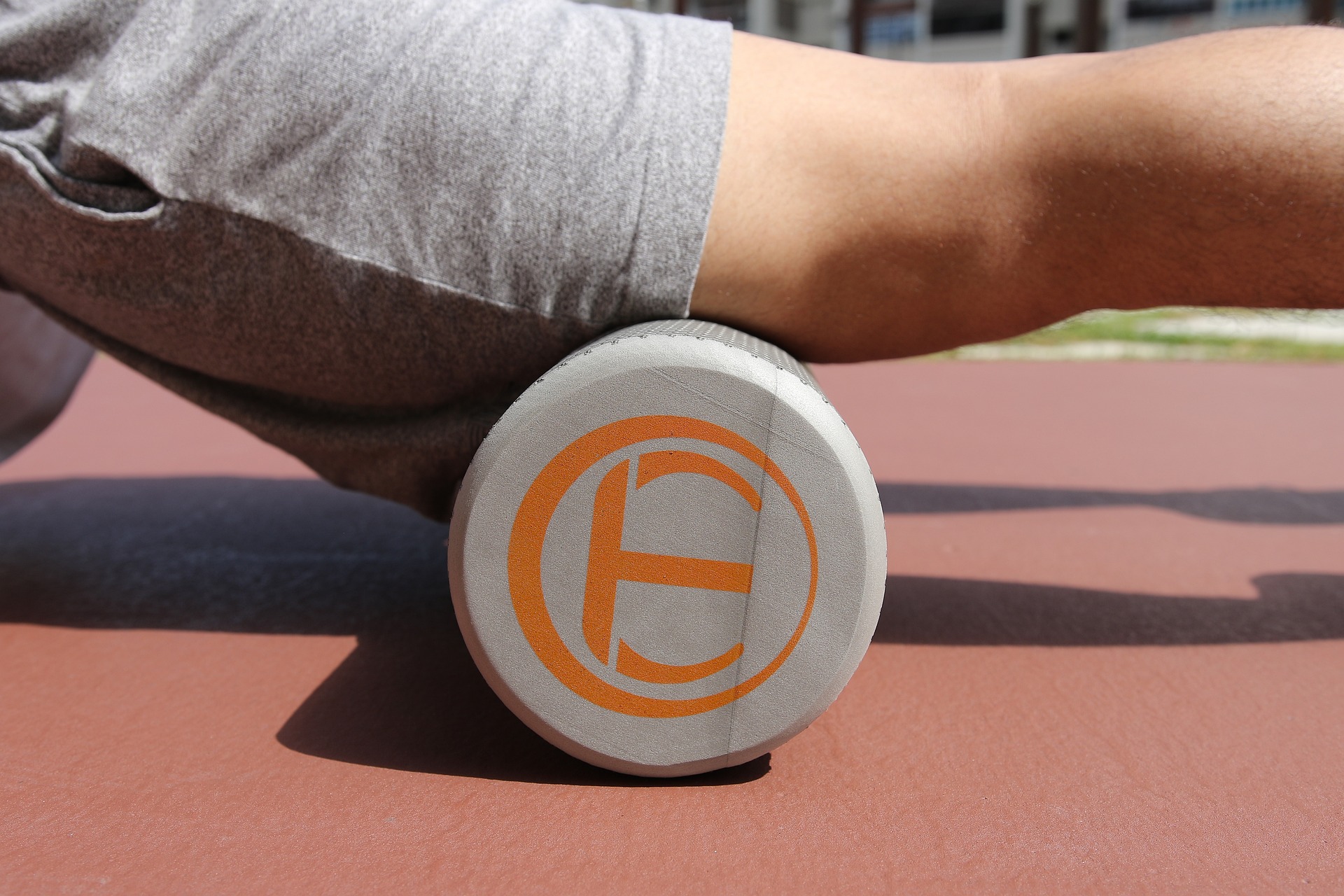Self-massage and lymphatic activation techniques for a smoother appearance
Self-massage and lymphatic activation are practical ways to support skin tone and reduce puffiness when combined with sensible movement, hydration, nutrition, and recovery strategies. These methods focus on encouraging fluid movement, improving circulation and elasticity, and supporting muscle tone through consistent routine and simple, repeatable techniques.
This article explains practical self-massage and lymphatic activation techniques that complement broader habits such as nutrition, hydration, mobility, and recovery. Regular, gentle work on the soft tissues can help reduce transient swelling, support circulation, and improve skin elasticity and tone when paired with resistance and strength training, adequate protein intake, and consistent movement. The approach here emphasizes safety, gradual progress, and integration into a daily routine that prioritizes posture and flexibility.
This article is for informational purposes only and should not be considered medical advice. Please consult a qualified healthcare professional for personalized guidance and treatment.
How does hydration support lymphatic flow and skin elasticity?
Hydration plays a central role in lymphatic function and skin elasticity. Adequate fluid intake helps the lymphatic system move waste and excess fluid through gentle shifts in interstitial pressure. Alongside hydration, proper nutrition—especially sufficient protein and electrolytes—supports tissue repair and the structural proteins (collagen and elastin) that underpin elasticity. Drinking water, consuming balanced meals, and limiting excess sodium help reduce persistent puffiness and make massage and movement techniques more effective at promoting circulation and toning.
What mobility and movement patterns aid lymphatic activation?
Gentle mobility and rhythmic movement are key drivers of lymphatic circulation because the lymphatic system lacks a central pump. Simple routines like ankle pumps, diaphragmatic breathing, and dynamic stretching increase muscle contraction and joint motion, pushing lymph toward central collection points. Incorporating flexibility work and light endurance activities—walking, cycling, or sustained bodyweight movement—supports sustained circulation and integrates with resistance or strength sessions that improve muscle tone and posture, which further enhances lymphatic return over time.
Which self-massage techniques help circulation and toning?
Self-massage techniques focus on light, directional strokes toward lymph nodes, using tools or hands to stimulate superficial circulation without force. Start with gentle effleurage and broad strokes over limbs, moving toward the axillae and groin, then use small circular motions around joints and areas of stiffness. Incorporate massage into a routine after a warm shower or gentle movement to take advantage of improved tissue pliability. Regular sessions—kept consistent—support circulation and can help the skin appear firmer by encouraging fluid redistribution and improving tissue elasticity when combined with muscle-strengthening work.
How should massage integrate with resistance, strength, and recovery?
Pairing self-massage with resistance and strength training enhances overall results. Strength work builds muscle mass and improves posture, which helps lymph move through deeper contractile activity. Use massage as a recovery tool after training to reduce local tightness, improve soft-tissue mobility, and support circulation that aids metabolic waste removal. Recovery practices like foam rolling, targeted massage, hydration, adequate protein intake, and sleep are important to maintain muscle, support elasticity, and sustain endurance for regular movement and routine sessions.
What skincare practices complement lymphatic techniques?
A sensible skincare routine supports the external environment for tissue health. Use gentle cleansing, sun protection, and moisturizers appropriate to your skin type to preserve barrier function and elasticity. When performing self-massage, apply a light oil or lotion to reduce friction and allow smooth strokes; avoid overly aggressive products or techniques that irritate the skin. Topical ingredients such as humectants (e.g., glycerin) support hydration, while consistent protection from UV exposure helps maintain collagen integrity. Skincare and lymphatic work together to improve the appearance of skin over time.
Why is consistency and posture important for long-term benefits?
Consistency is fundamental: short, regular sessions are more effective than sporadic intense work. Daily breathing, mobility, and a few minutes of self-massage can reinforce lymphatic pathways, support circulation, and complement a balanced program of movement and resistance. Good posture reduces compression on lymphatic channels and supports efficient breathing, which acts as a pump for central lymph flow. Over weeks and months, combining consistency with appropriate nutrition, hydration, and progressive strength work promotes more lasting improvements in toning, muscle support, and skin elasticity.
Conclusion
Self-massage and lymphatic activation techniques are practical additions to a broader plan that includes proper nutrition, hydration, mobility, resistance training, and recovery. When performed gently and consistently, these methods encourage circulation, support tissue elasticity, and complement efforts to improve muscle tone and posture. For personalized plans or if you have medical conditions, seek guidance from a qualified health professional.






